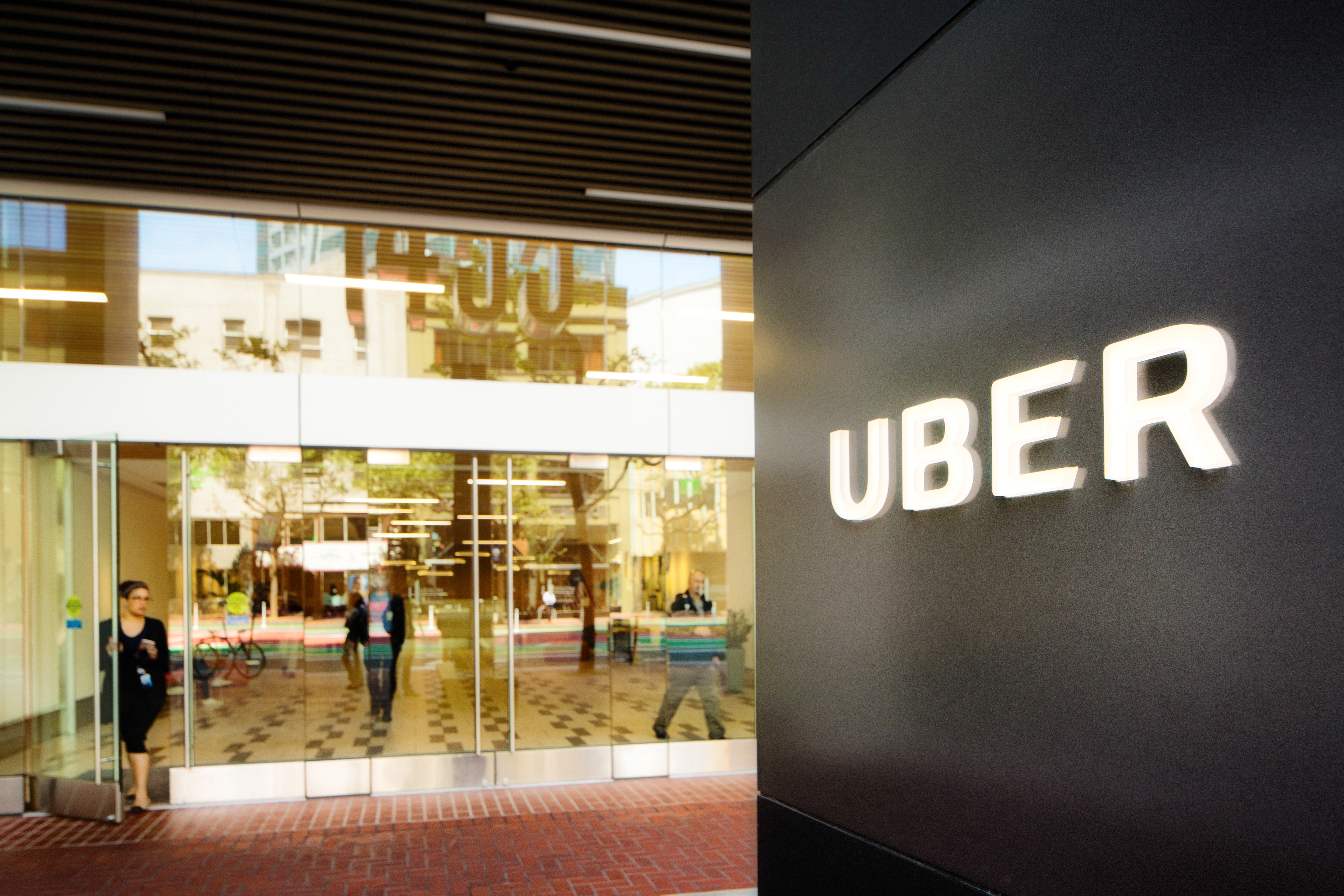I.T. Must Understand Its Users' Needs üBer Alles
While reading the closing summary section of the eBook “Five Ways to Modernize IT Service Management,” I recently came across this statement that references transportation network Uber in the context of understanding your business and the users you serve:
“Understand who the ultimate customer of your business is (not IT), how the organization is solving its challenges, and how IT could help do it more effectively. This isn’t necessarily the wholesale creation of a new market but potentially the recombination of services and technology in a different workflow—think transportation network Uber.”
I like that “recombination of services and technology in a different workflow” concept.
And speaking of Uber, according to its website the company is about “finding the way—creating possibilities for riders, drivers, and cities. Whether it’s a ride, a sandwich, or a package, we use technology to give people what they want, when they want it.”
Coincidentally, I listened to a National Public Radio (NPR) segment recently where Liz Reid of the Pittsburgh NPR station, WESA, reported that Uber is developing self-driving cars. The company’s “self-driving technology, like its ride-sharing app, will make the roads safer and less congested, make the air less polluted, and increase access to transportation.”
The report stresses that the future of self-driving cars is still a long way off. “Uber is like the Wright brothers testing the world’s first airplanes on the coast of North Carolina. Pretty cool. But not terribly practical yet.”
Your business users are in the driver’s seat
It’s no secret that, on the sexiness scale, advances in IT Service Management (ITSM) technology don’t rival those for self-driving cars. But, like Uber, the point is still to “give people what they want, when they want it.” Your business users are in the driver’s seat, and you must understand and meet their needs.
But advances in technology alone can’t replace a first-rate user experience. You must ensure that the IT experience is engaging, consistent, and memorable, and that it provides outstanding user satisfaction.
A survey conducted by HDI and ITSMF revealed that the top reason for changes made in support centers was to provide a better customer experience (67 percent of support centers).
Organizations that fully comprehend their business users’ issues are able to structure their experiences to help users resolve these issues easily and with minimal disruption to their working day. The delivery of exceptional user experiences requires a comprehensive, user-centered approach to service management. You need to understand your users and what they deem as critical in an experience, in a service, or in an application as you design your interactions.
Offer users a choice of support channels
As stated in the eBook (available below), Gartner Inc. stresses the need to offer choices to business users in terms of support channels: “ITSD leaders must realize that the digital workplace requires multi-channel access and high-value collaborative channels that drive satisfaction, loyalty, and relevance.” Gartner analysts suggest that it’s no longer sufficient to offer telephone and email contact channels only. You must provide alternative channels including chat, walk-up support, IT taxi, and self service.


